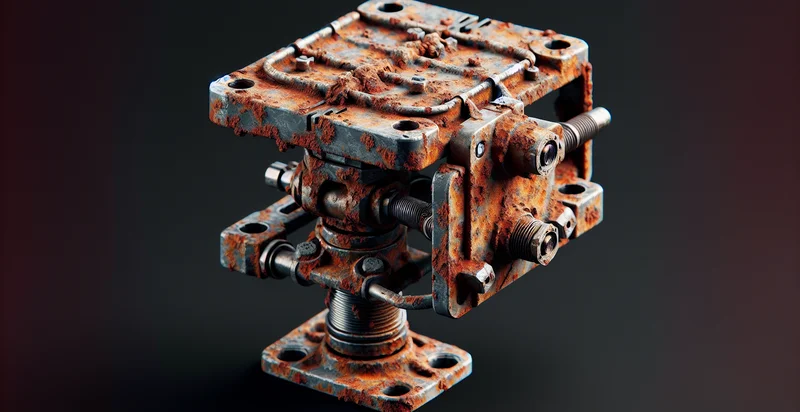Identify car maker by antenna
using AI
Below is a free classifier to identify car maker by antenna. Just upload your image, and our AI will predict the car maker based on its antenna design. - in just seconds.

Contact us for API access
Or, use Nyckel to build highly-accurate custom classifiers in just minutes. No PhD required.
Get started
import nyckel
credentials = nyckel.Credentials("YOUR_CLIENT_ID", "YOUR_CLIENT_SECRET")
nyckel.invoke("car-maker-by-antenna", "your_image_url", credentials)
fetch('https://www.nyckel.com/v1/functions/car-maker-by-antenna/invoke', {
method: 'POST',
headers: {
'Authorization': 'Bearer ' + 'YOUR_BEARER_TOKEN',
'Content-Type': 'application/json',
},
body: JSON.stringify(
{"data": "your_image_url"}
)
})
.then(response => response.json())
.then(data => console.log(data));
curl -X POST \
-H "Content-Type: application/json" \
-H "Authorization: Bearer YOUR_BEARER_TOKEN" \
-d '{"data": "your_image_url"}' \
https://www.nyckel.com/v1/functions/car-maker-by-antenna/invoke
How this classifier works
To start, upload your image. Our AI tool will then predict the car maker based on its antenna design..
This pretrained image model uses a Nyckel-created dataset and has 36 labels, including Acura, Audi, Bmw, Buick, Chevrolet, Chrysler, Daewoo, Dodge, Fiat and Ford.
We'll also show a confidence score (the higher the number, the more confident the AI model is around the car maker based on its antenna design.).
Whether you're just curious or building car maker by antenna detection into your application, we hope our classifier proves helpful.
Related Classifiers
Need to identify car maker by antenna at scale?
Get API or Zapier access to this classifier for free. It's perfect for:
- Automated Quality Control: The false image classification function can be used in automotive manufacturing to automatically identify and flag incorrectly assembled vehicles based on antenna placement. This ensures that only vehicles meeting strict design standards proceed through production, reducing recall risks and improving overall quality.
- Insurance Fraud Detection: Insurance companies can utilize this technology to analyze vehicle images submitted for claims. By cross-referencing the antenna with known models, the system can identify potentially fraudulent claims where the vehicle in question does not match the insured model.
- Market Analysis for Antenna Features: Automakers can analyze the usage and placement of antennas among different car models using this classification function. By classifying antennas, companies can gather insights into market trends, leading to informed decisions about antenna designs and enhancements in future models.
- Theft Recovery Assistance: Law enforcement agencies can apply this image classification system to identify stolen vehicles based on their antenna characteristics during recovery operations. This can expedite the process of matching recovered vehicles with missing reports, enhancing efficiency in theft resolution.
- Compliance Verification: Regulatory bodies can implement this function to verify that vehicles in the market comply with legal standards regarding antenna design and placement. Such verification can ensure that no unapproved modifications have been made, thus maintaining safety standards across manufacturers.
- Vehicle Classification for Taxation: Tax authorities can adopt this technology to accurately classify vehicles for tax assessments based on their antennas. This ensures that vehicle owners are taxed appropriately according to their vehicle class, potentially optimizing revenue collection.
- Enhanced Customer Experience in Dealerships: Car dealerships can leverage this function to improve customer interactions by quickly identifying vehicle configurations based on antenna styles. This allows sales personnel to provide accurate information and recommendations, enhancing the buying experience for customers.


